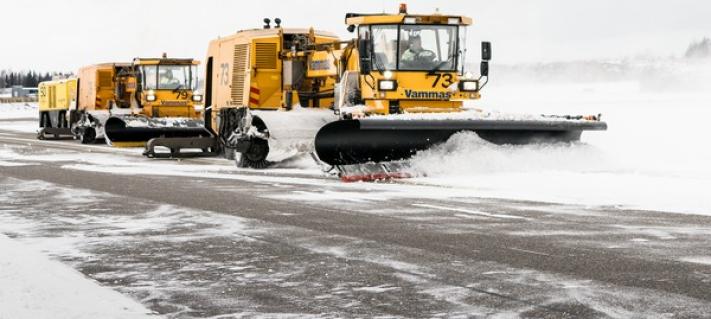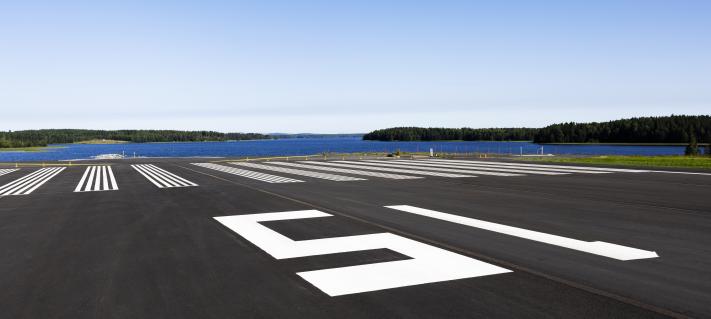"The decision tightens the review and reporting obligations of Finavia concerning air traffic and its impact on the environment. The decision supports Finavia's goal of operating as a responsible company in a transparent way and reporting the full impact of its operations on society. In other respects, the decision is in line with the environmental permit decision issued by the Regional State Administrative Agency of Southern Finland in 2011, which means that the preconditions for a well-managed development of the airport will remain," says Mikko Viinikainen, Finavia's sustainable development director.
Finavia has determinedly complied with the stipulations set out in the environmental permit issued by the Agency in August 2011, even though the permit has not yet taken legal effect. Finavia will also comply with the specifications issued to the permit by the Court if possible. As a consequence, Finavia will also start planning how the potential impact on local residents of airplane noise could be reviewed more comprehensively than currently.
However, Finavia is considering appealing against the decision to the Supreme Administrative Court, because Finavia's requirements for extending the permit from 2017 to 2025 were rejected. In regard to society, Finavia does not consider it appropriate that the airport's new environmental permit process has to be launched immediately after the permit now being processed has been made legal by the Supreme Administrative Court.
Background
Through active measures with airlines, Finavia's goal is to prevent aircraft noise. This has resulted in less aircraft noise in residential areas in the Capital Region and Keski-Uusimaa region. The number of residents affected by aircraft noise in the area of Helsinki Airport is currently almost 90% smaller than it was 20 years ago, even though the passenger volumes of air traffic have grown rapidly.
Noise control is promoted through runway usage methods and flight route planning. Continuous descent approaches of aircraft (almost 60% of all approaches at Helsinki Airport) also reduce the noise level during landing.
The load on waterways caused by aircraft ice removal and prevention has been decreased by building centralised areas where ground forwarding companies work on aircraft in winter. Ice removal substances can be effectively collected from the designated areas. An expansion of the newest area will be fully completed next year and represents an investment of €35 million. At the same time, the plan is to also increase the capacity of the first area, introduced in 2008.


